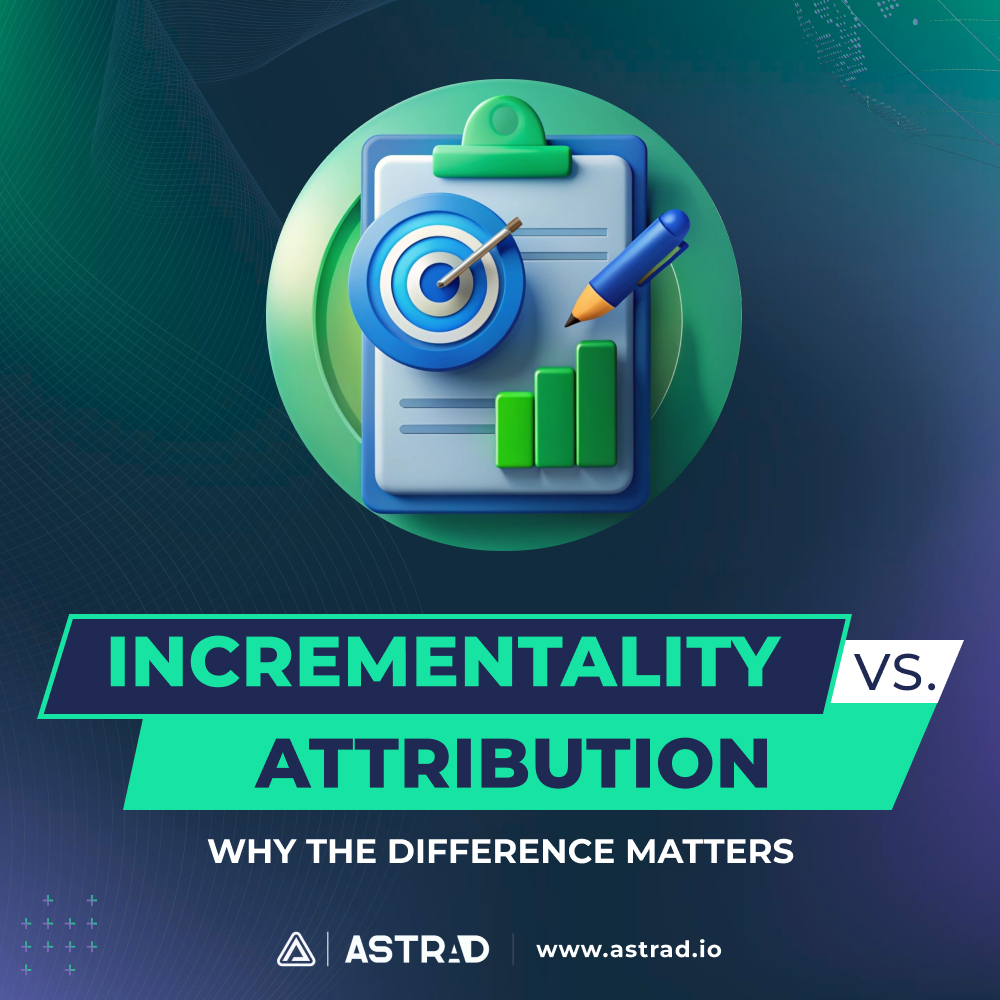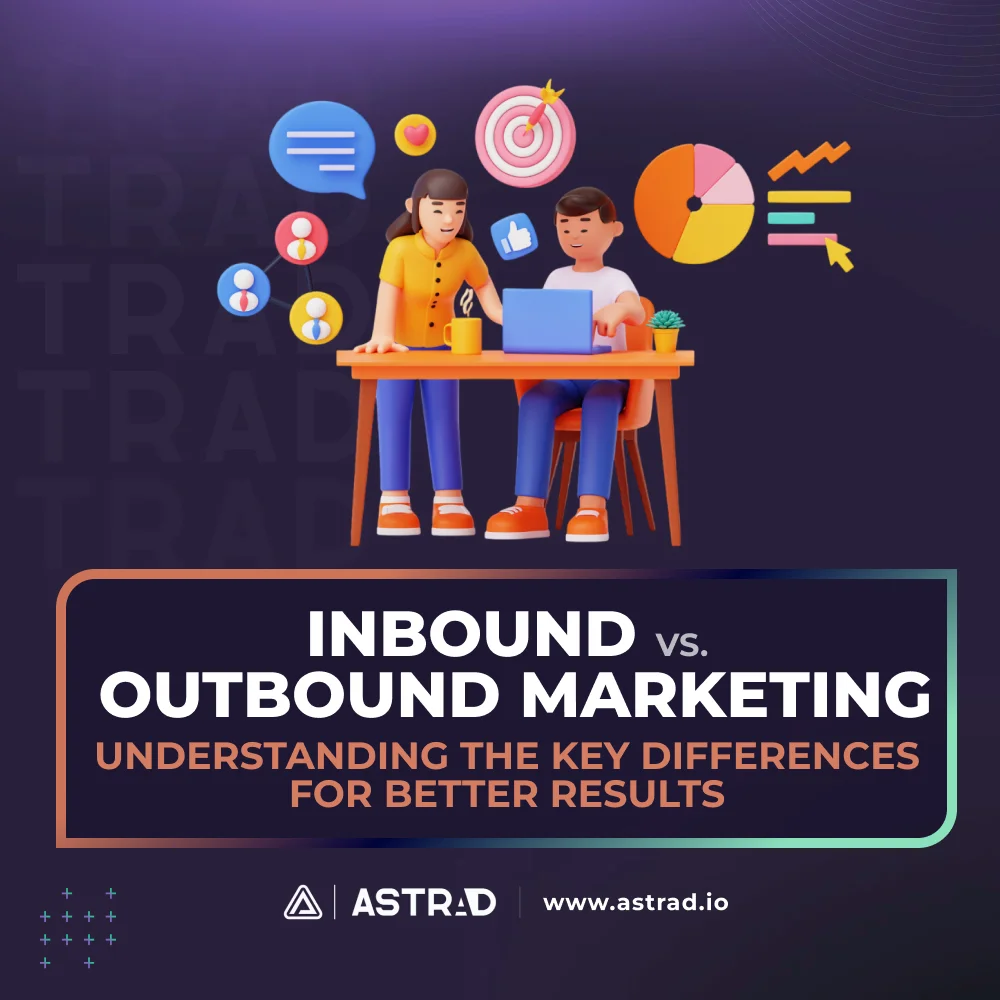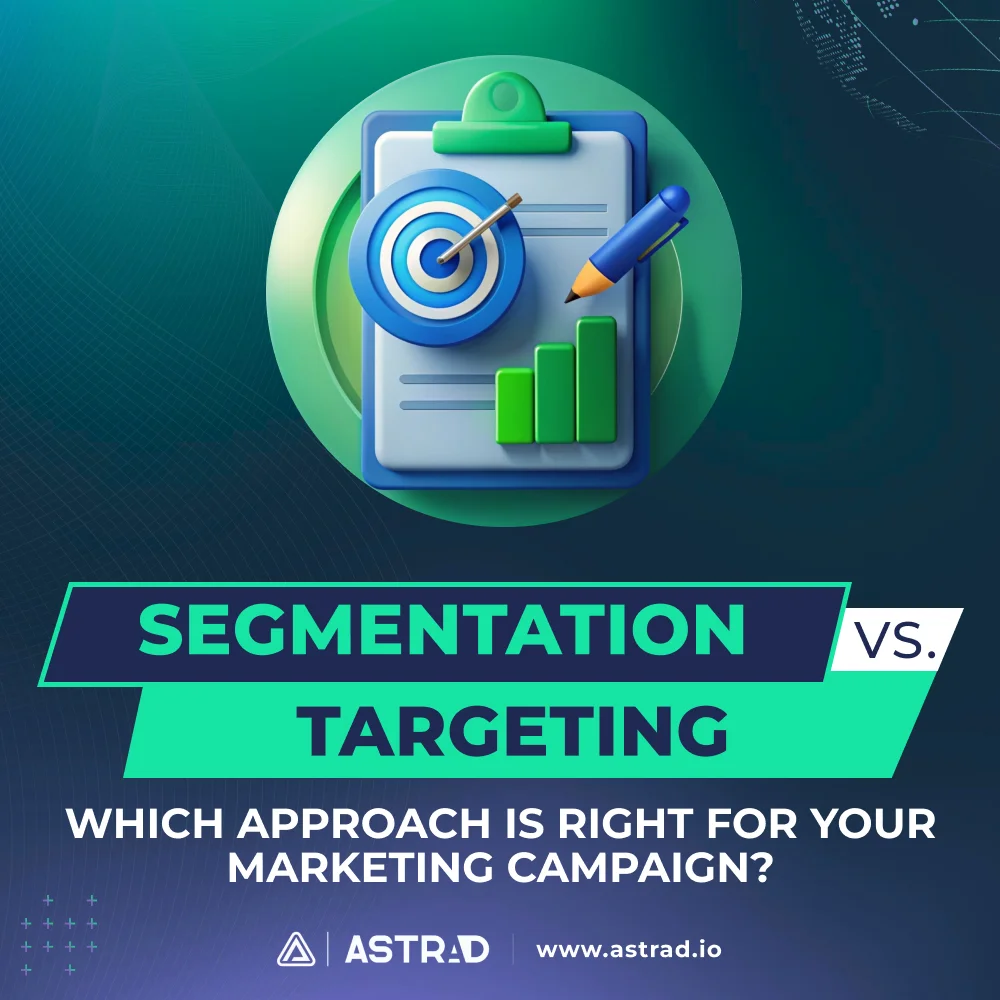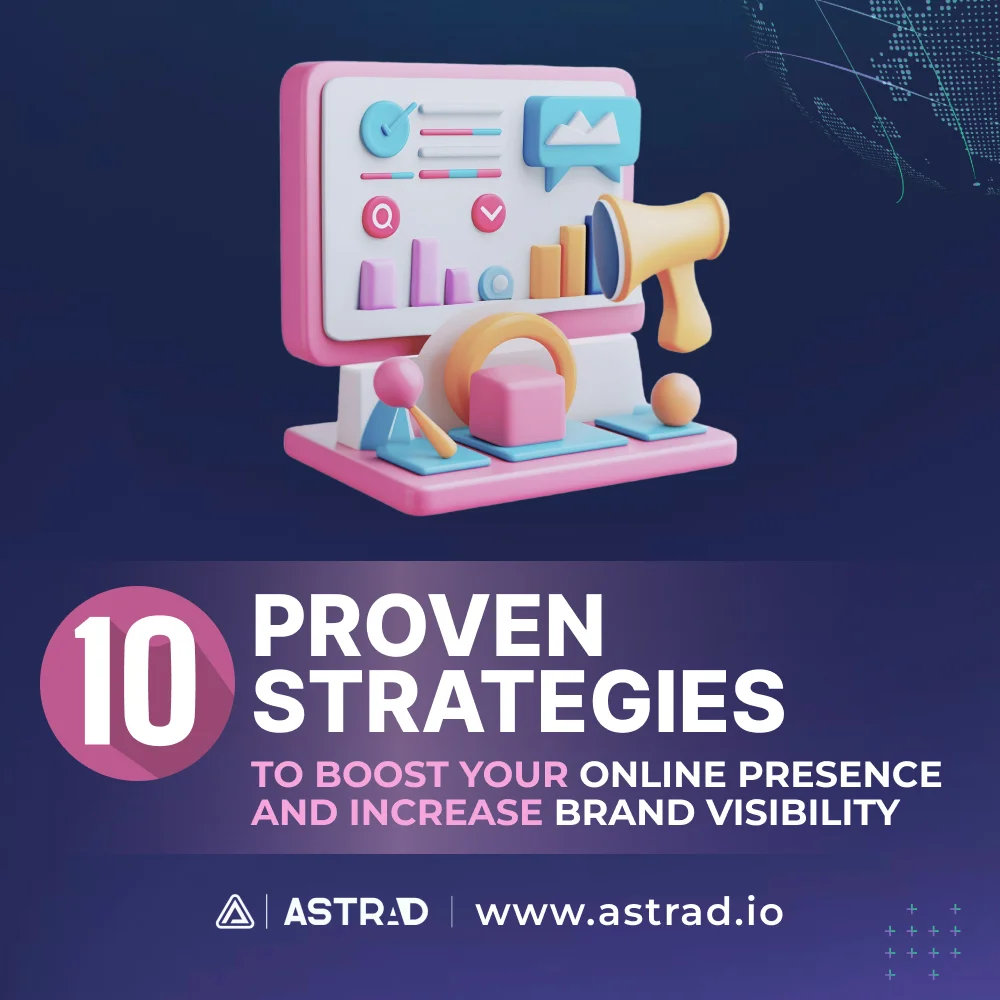Your marketing dashboard looks great this month. Conversions are up, traffic is flowing, and your boss seems happy. But here’s something that might keep you up at night: what if half those customers were going to buy from you anyway, with or without your fancy campaigns?
This isn’t just paranoia talking – it’s the reality most marketers face when they don’t understand the difference between incrementality and attribution. Sure, your Google Analytics might show that customers clicked on your ads before buying, but did those ads actually convince them to purchase? Or were they already planning to buy and just happened to click through your ad on their way to checkout?
That’s where things get interesting. Attribution shows you the path customers took, but incrementality tells you whether you actually influenced their decision. Think of it this way: attribution is like a security camera recording everyone who walked through your store before making a purchase. Incrementality is like having a twin store next door with no marketing at all, then comparing which one sells more.
What Is Attribution in Marketing?
Attribution is basically marketing’s way of figuring out which touchpoints deserve credit when someone makes a purchase. You know how customers don’t just see one ad and immediately buy? They might see your Facebook ad, then visit your website, get your email, see another ad, and finally make a purchase two weeks later. Attribution tries to figure out which of those touchpoints actually mattered.
Here’s the thing – attribution is really good at showing you what happened, but it’s not so great at proving what caused what. When a customer converts, attribution models look back at all their interactions with your brand and say, “Okay, here’s what they did before buying.” It’s like having a really detailed receipt of everywhere someone went before they ended up at your store.
Attribution Models
There are different ways to slice and dice this credit assignment, and each tells a different story about what’s working:
- First-Touch Attribution is the simple approach – whoever gets the customer’s attention first gets all the credit. So if someone sees your Facebook ad and buys from you three weeks later, after seeing five other ads, Facebook gets 100% of the credit. It’s kind of like giving the first person who mentions a restaurant to you all the credit for your decision to eat there, even if three other people also recommended it.
- Last-Touch Attribution flips this around and gives all the credit to whatever the customer interacted with right before buying. This is actually how Google Analytics works by default. If someone clicks on your Google ad and then immediately purchases, Google gets all the credit, even if they’d been reading your emails and seeing your social media posts for months.
- Multi-Touch Attribution tries to be smarter about this by spreading credit across multiple touchpoints. It’s like acknowledging that all your friends who recommended that restaurant played a role in your decision to go there. The tricky part is figuring out how much credit each touchpoint deserves – should they all get equal credit, or should the first and last interactions get more?
Why Attribution Is Important
Attribution isn’t perfect, but it’s super useful for understanding how your marketing channels work together. Without it, you’d have no idea whether your social media ads are actually driving awareness or if your email campaigns are helping close sales. You’d just be throwing money at different channels and hoping something sticks.
The real value comes when you start seeing patterns. Maybe you notice that people who see both your Facebook ads and your email campaigns convert at much higher rates than people who only see one or the other. That’s actionable information – you can start thinking about how to get more people into both channels, or how to make sure your Facebook and email messaging work well together.
What Is Incrementality in Marketing?
Now here’s where things get really interesting. Incrementality doesn’t care about the path customers took – it only cares about whether your marketing actually made them do something they wouldn’t have done otherwise. It’s the difference between correlation and causation, and honestly, it’s something most marketers wish they understood better.
Let’s say you run a campaign and get 1,000 conversions. Attribution will tell you all about how customers interacted with your ads before converting. But incrementality asks the tough question: “How many of those 1,000 people would have converted anyway, even without seeing your campaign?” Maybe it’s 300. Maybe it’s 700. The only way to know for sure is to test it.
How Incrementality Is Measured
The most reliable way to measure incrementality is through controlled experiments – basically the same approach scientists use to test new medicines.
- Test and Control Groups are the gold standard here. You split your audience into two similar groups: one sees your campaign (the test group) and one doesn’t (the control group). After the campaign runs, you compare how many people converted in each group. If the test group converted at 8% and the control group converted at 6%, then your campaign drove a 2% lift. Those extra 2% points? That’s your actual incremental impact.
- Lift Analysis is just a fancy way of calculating and presenting these results. If your test group performs 25% better than your control group, you’ve got a 25% lift. This number tells you exactly how much value your campaign created beyond what would have happened naturally.
Why Incrementality Matters
Incrementality matters because it tells you the truth about your marketing, and sometimes the truth hurts. You might discover that your favorite campaign, the one that shows great attribution numbers, actually isn’t driving much incremental growth. Or you might find out that a campaign you thought was underperforming is actually your secret weapon.
This is especially important for brand campaigns and “always-on” marketing. These activities might not show up well in attribution reports because they influence customers subtly over time. But incrementality testing can prove its real value. Maybe your brand awareness campaign doesn’t get many last-click conversions, but it’s actually making all your other campaigns perform better.
Key Differences Between Incrementality and Attribution
Let’s break down what makes these two approaches so different, because understanding this distinction can completely change how you think about marketing measurement.
- Purpose is probably the biggest difference. Attribution is trying to map out the customer journey – it wants to know what touchpoints people hit before converting. Incrementality doesn’t care about the journey at all. It just wants to know: did your marketing actually cause something to happen, or would it have happened anyway?
- Scope is where things get interesting. Attribution looks at the whole customer experience across all your touchpoints. It’s trying to tell the complete story of how someone went from stranger to customer. Incrementality vs attribution takes a much more focused approach – it looks at specific campaigns or activities and asks whether they moved the needle.
- Outcome is what you actually get from each approach. Attribution gives you insights about customer behavior and touchpoint performance. Incrementality gives you proof of causation and real ROI numbers. One helps you optimize the experience, the other helps you prove your marketing actually works.
Why the Difference Between Incrementality and Attribution Matters
Here’s where most marketers get tripped up – they think they need to pick one approach or the other. But the real magic happens when you understand that these aren’t competing methodologies. They’re more like different tools in your toolbox, each perfect for different jobs.
They Work Better Together
The smartest marketers use both approaches because they answer different questions. Attribution tells you what your customers did, and incrementality tells you what you made them do. Both pieces of information are valuable, but they’re valuable in different ways.
Let’s say your attribution analysis shows that customers who engage with both email and social media campaigns convert at higher rates. That’s useful – it suggests these channels work well together. But then you run an incrementality test and discover that the email campaign isn’t actually driving additional conversions. People were already planning to buy, and the email was just the last thing they clicked before checkout.
Without incrementality testing, you might have doubled down on email marketing based on the attribution data. With both pieces of information, you can make a much smarter decision about where to invest your time and money.
Don't Get Fooled by Good-Looking Numbers
Attribution can sometimes make channels look way more effective than they actually are. This is especially true with last-touch attribution, which is still the default in most analytics platforms.
Here’s a common scenario: someone searches for your brand name, clicks on your paid search ad, and makes a purchase. Last-touch attribution gives your paid search campaign full credit for that conversion. But hold on – this person was already looking for your brand. They probably would have found you and converted anyway, even without the ad.
This is where incrementality vs attribution becomes crucial. Incrementality testing would reveal that your branded search campaigns might be getting credit for conversions that would have happened organically. That doesn’t mean branded search is useless – it might still be worth running for defensive reasons – but it’s not driving as much incremental growth as the attribution numbers suggest.
Spend Your Money Where It Actually Works
Budget allocation becomes so much clearer when you have both attribution and incrementality data. Attribution helps you understand how customers move through your funnel, which is great for optimizing the experience. But incrementality tells you where your budget will actually drive additional growth.
Maybe attribution shows that email campaigns appear in lots of customer journeys before conversion. Based on that data, you might decide to increase your email budget. But what if incrementality testing shows that your email list is already saturated? You might be emailing the same people who would convert anyway, just more frequently.
On the flip side, you might have a channel that doesn’t show up much in attribution reports but actually drives strong incremental growth. Attribution and incrementality together give you the full picture – you can see what customers are doing and what you’re actually making them do.
Conclusion
Here’s the bottom line: attribution and incrementality aren’t competing against each other – they’re solving different problems. Attribution helps you understand what your customers did, while incrementality tells you what you made them do. Both insights are valuable, but they’re valuable for different reasons.
The smartest marketers use both approaches together. Attribution helps them optimize the customer experience and understand how different touchpoints work together. Incrementality helps them prove their marketing actually drives growth and make smarter budget decisions.
Don’t fall into the trap of thinking correlation equals causation. Just because customers clicked on your ads before converting doesn’t mean your ads caused the conversion. By combining attribution insights with incrementality testing, you can build marketing strategies that don’t just track customer behavior – they actually influence it.
The goal isn’t to choose between attribution and incrementality. The goal is to use both to create marketing campaigns that deliver real, measurable business results. When you understand the difference between these two approaches, you can stop guessing about what works and start proving it instead.






